Local Foods
All Local Foods Content
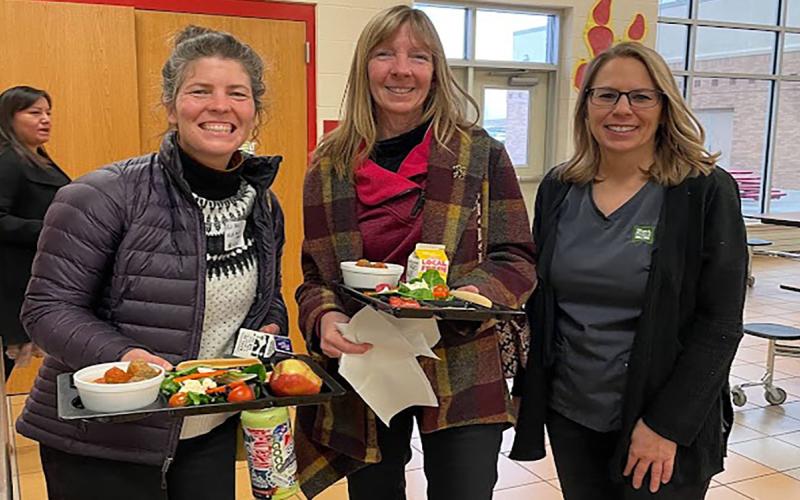
Building Your Farm to School Team
Putting together a farm to school team should include a core group of individuals and agencies dedicated to the farm to school mission. View a list of potential team members to help get your team started today!
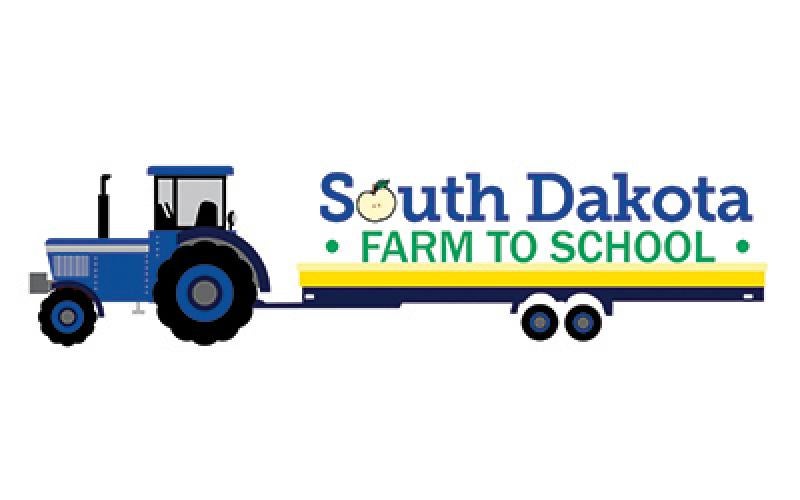
South Dakota Farm to School Resource Guide
South Dakota's resource guide for starting a Farm to School
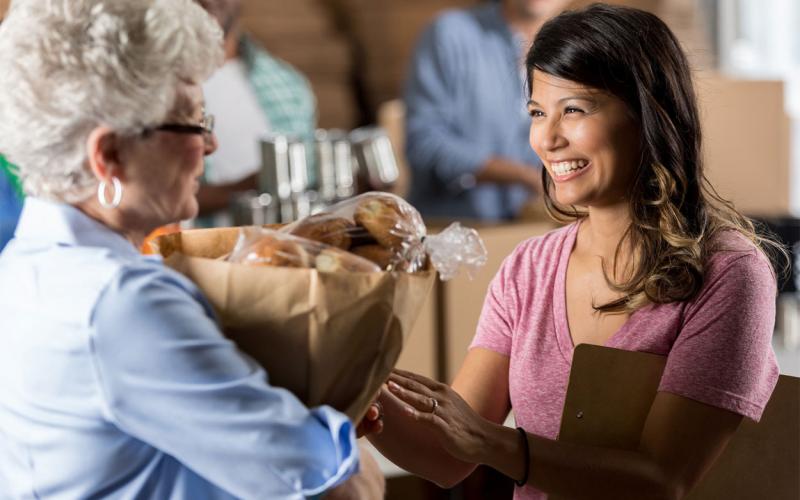
Product Donations for Food Manufacturers
Interested in donating some of your slightly flawed food products to a food drive? View some food safety tips and donation considerations for food manufacturers in South Dakota.
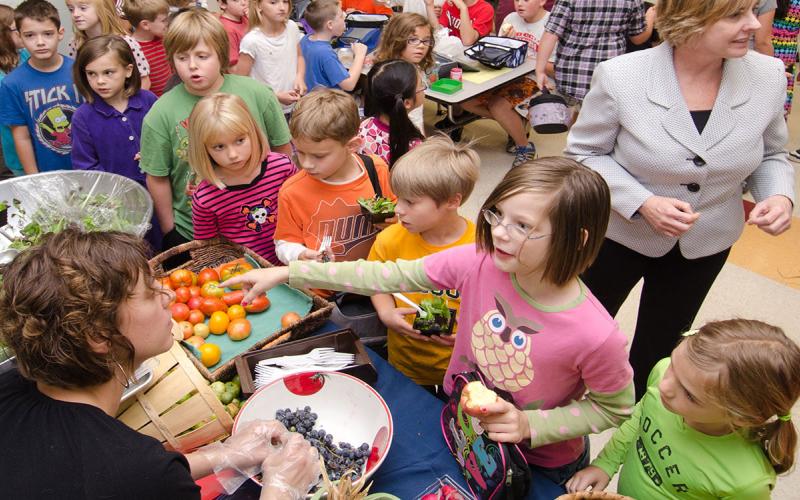
Funding Your Farm to School Program
Starting or expanding a farm to school program comes with expenses. Learn about the many farm to school funding opportunities available from state, federal, and private/non-profit organizations.
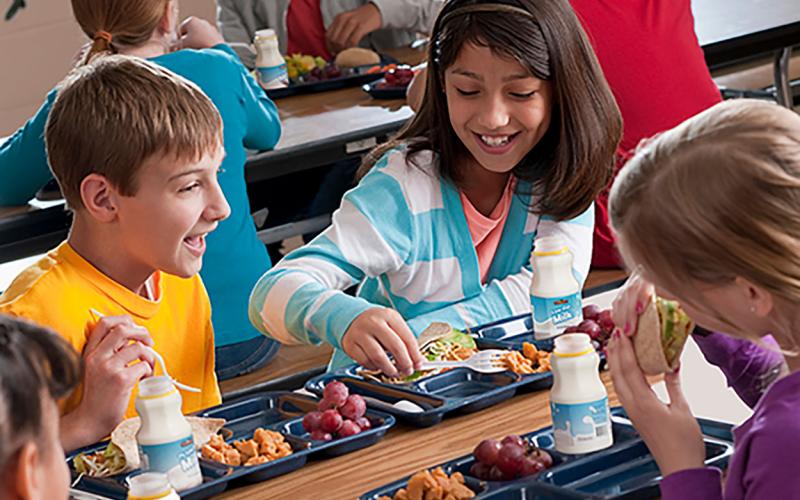
Farm to (More Than) School
Opportunities for local food procurement go beyond just school lunch! Learn about several child nutrition programs and settings that may accept local foods.

Why does beef from the store taste different than the beef from my local butcher?
Grain or grass-finished? Wet or dry-aged? Learn the factors that influence the flavor profiles of meat products found at local butcher shops and grocery stores.
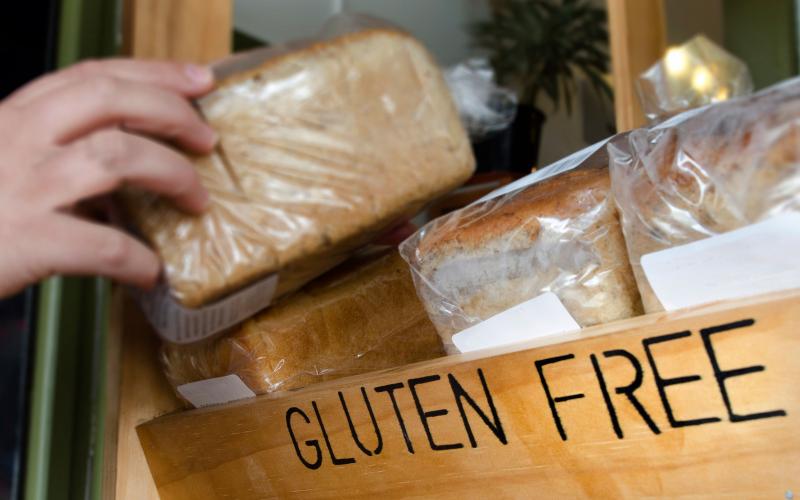
Gluten Free Product Claim Guidance
While “gluten-free” is a voluntary claim that manufacturers may choose to use in the labeling of their foods, FDA’s gluten-free food labeling rule specifies what the claim actually means on a food label.

Ages & Stages in the Garden: Ages 6-8
A garden can be used to teach many concepts to a board range of ages. When working with early elementary youth you will want to consider characteristics of their development when planning lessons and activities.

Local Foods: Whole Fresh Vegetables and Herbs
Fresh, whole raw fruits and vegetables grown in South Dakota can currently be sold without a food service license from the South Dakota Department of Health.

Testing Dial Pressure Canner Gauges
For accuracy before use, it is recommended that dial gauges get tested each year. Gauges that read high cause under-processing and may result in unsafe food.